Scientists have built a battery powered by yogurt microbes that dissolves after use.


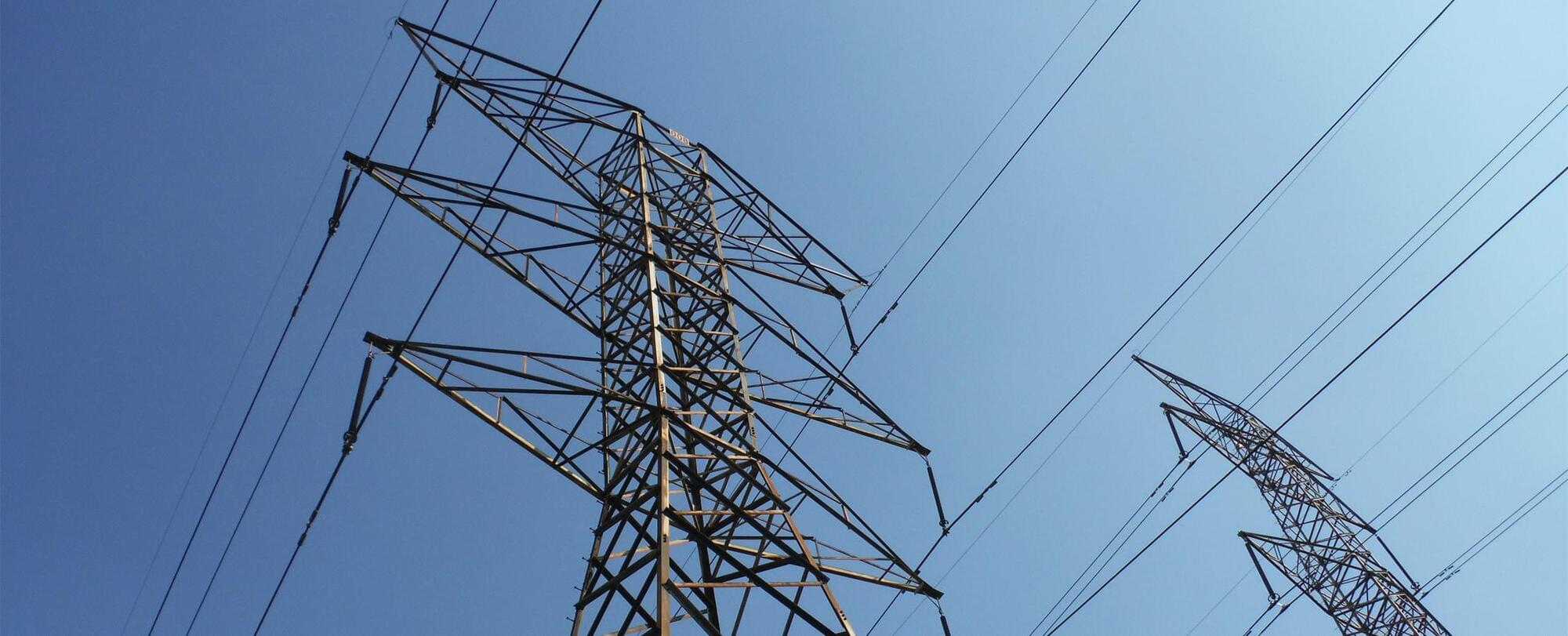

You may not have heard of tantalum, but chances are you’re holding some right now. It’s an essential component in our cell phones and laptops, and currently, there’s no effective substitute. Even if you plan to recycle your devices after they die, the tantalum inside is likely to end up in a landfill or shipped overseas, being lost forever.
As a researcher focused on critical materials recovery, I’ve spent years digging through electronic waste, not seeing it as garbage, but as an urban mine filled with valuable materials like tantalum.

With careful planning and a little luck, researchers found a surprising upside to hurricanes after a Category 4 storm disrupted their expedition off the coast of Mexico.
The team was able to sample the ocean right after the storm passed and found that the storms churn the ocean so powerfully and deeply—up to thousands of meters—that nutrient-rich, cold water is brought to the surface.
The resulting phytoplankton blooms—visible in satellite imagery taken from space—are a feast for bacteria, zooplankton, small fish, and filter-feeding animals such as shellfish and baleen whales.
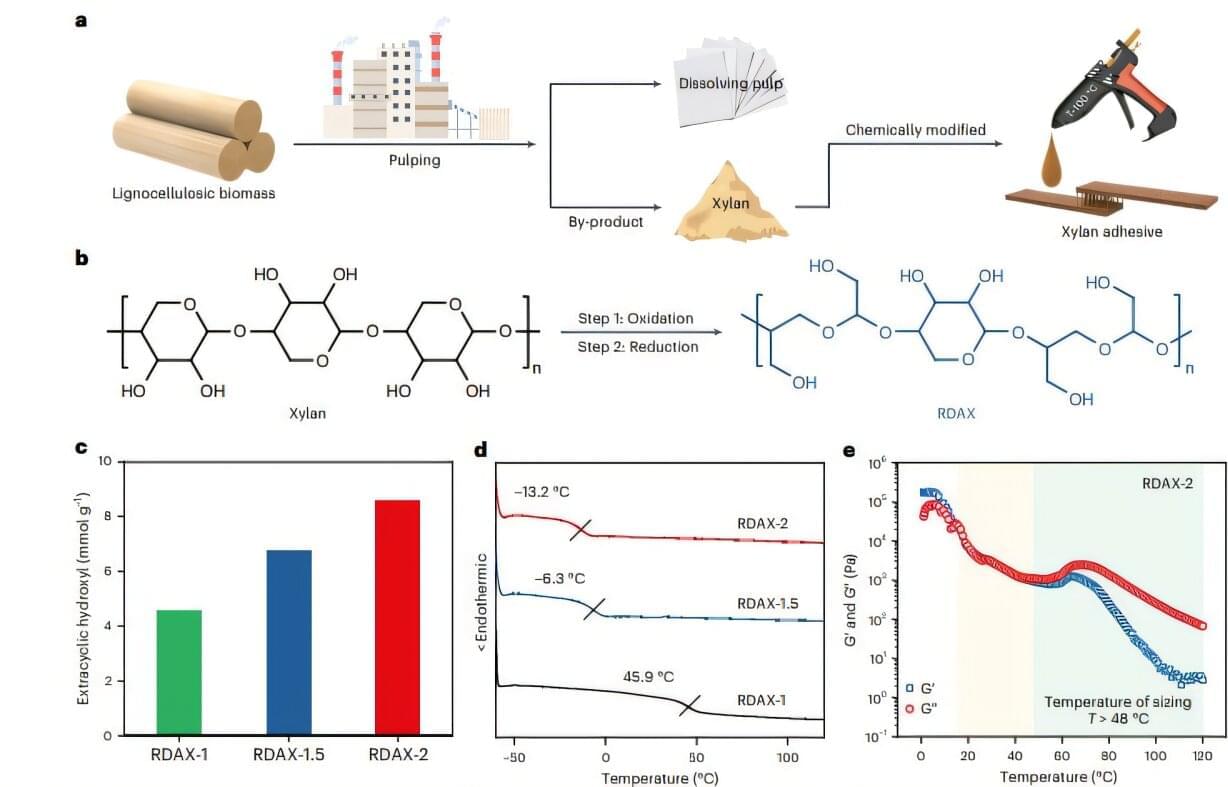
A new bio-based hot glue derived from a byproduct of the wood pulp industry beats traditional epoxy resins and commercial hot-melt glues in terms of adhesive performance.
Researchers from Beijing Forestry University developed a hot-melt adhesive derived from xylan—a complex sugar found in plant cell walls—that can be applied in a molten state and reused over 10 times without any loss of its original strength.
The synthesis strategy was reported in Nature Sustainability.
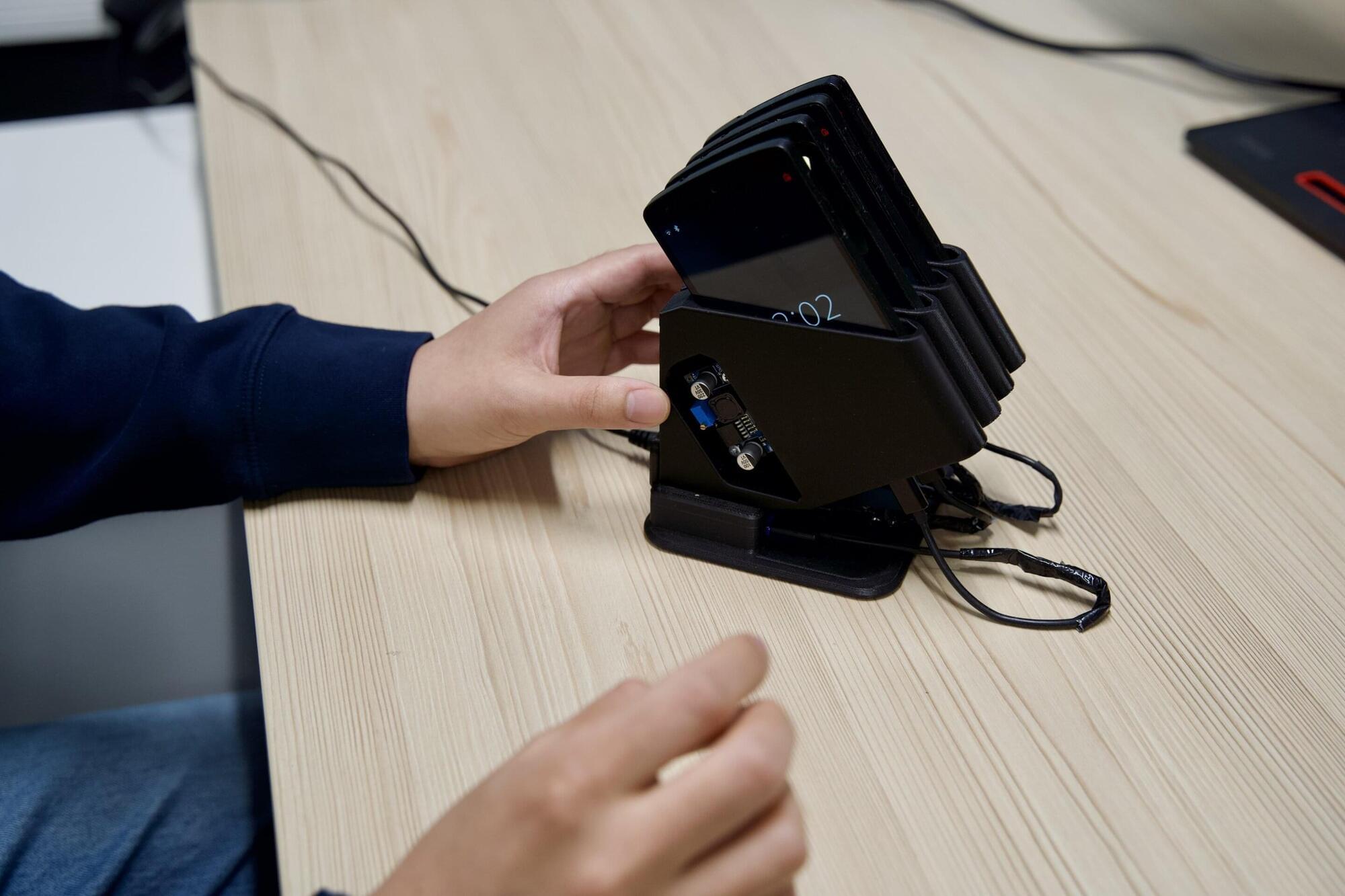
Researchers at the University of Tartu Institute of Computer Science introduce a novel approach to reducing electronic waste and advancing sustainable data processing: turning old smartphones into tiny data centers.
Each year, more than 1.2 billion smartphones are produced globally. The production of electronic devices is not only energy-intensive but also consumes valuable natural resources. Additionally, the manufacturing and delivery processes release a significant amount of CO₂ into the atmosphere. Meanwhile, devices are aging faster than ever—users replace their still-functional phones on average every 2 to 3 years. At best, old devices are recycled; at worst, they end up in landfills.
Although the most sustainable solution would be to change consumer behavior and consider more carefully whether every new model truly requires replacing the old one, this is easier said than done. Rapid technological development quickly renders older devices obsolete. Therefore, alternative solutions are needed—such as extending the lifespan of devices by giving them an entirely new purpose.

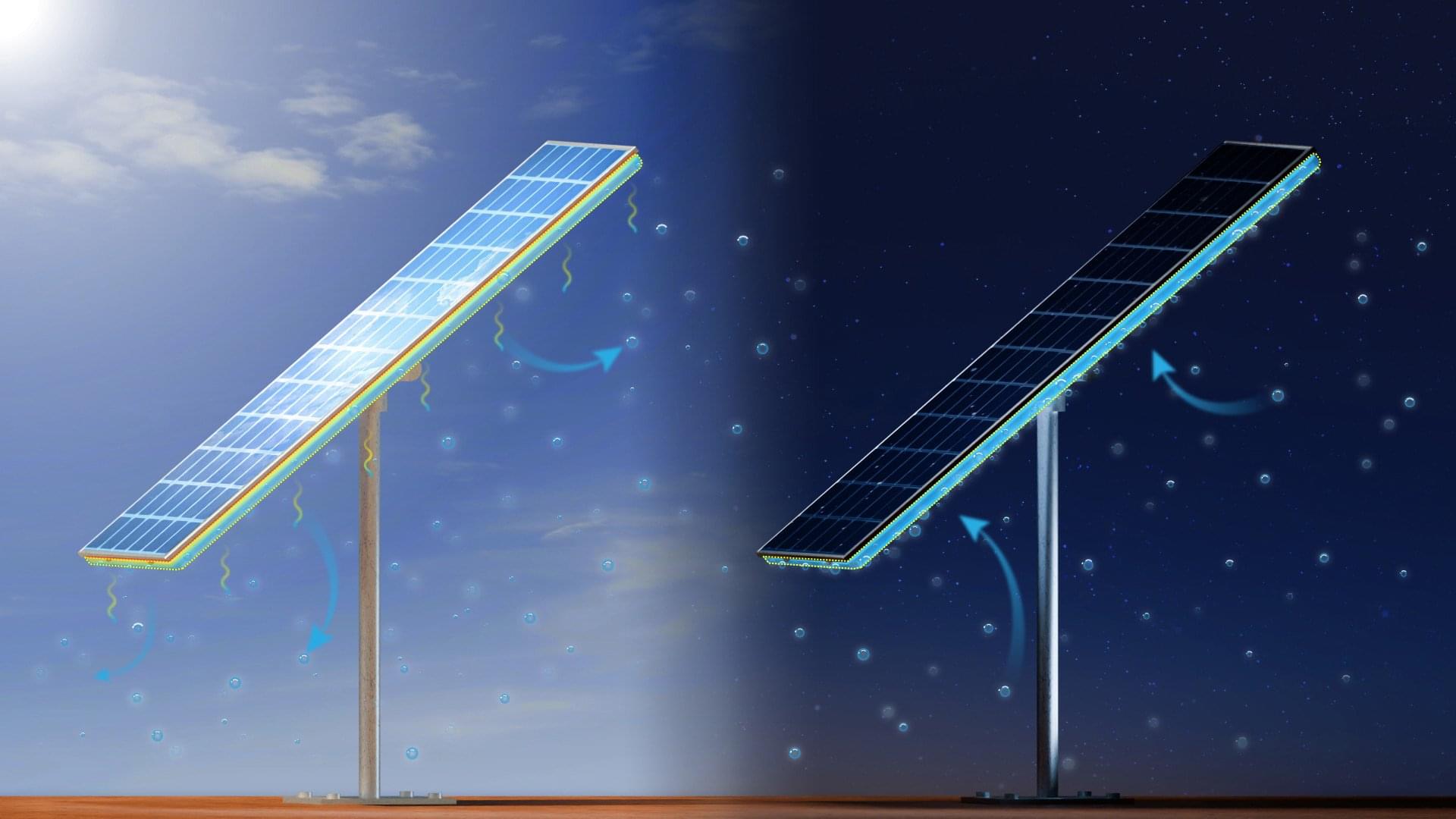
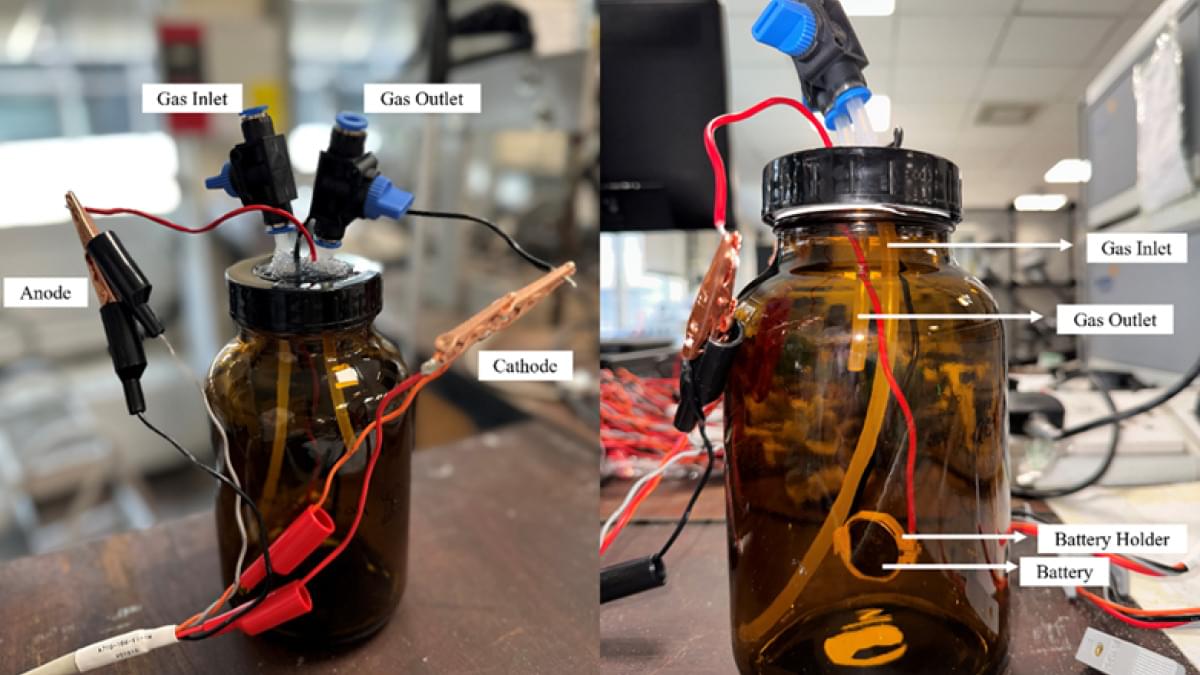
Scientists at the University of Surrey have made a breakthrough in eco-friendly batteries that not only store more energy but could also help tackle greenhouse gas emissions. Lithium-CO₂ ‘breathing’ batteries release power while capturing carbon dioxide, offering a greener alternative that may one day outperform today’s lithium-ion batteries.
Until now, Lithium-CO₂ batteries have faced setbacks in efficiency — wearing out quickly, failing to recharge and relying on expensive rare materials such as platinum. However, researchers from Surrey have found a way to overcome these issues by using a low-cost catalyst called caesium phosphomolybdate (CPM). Using computer modelling and lab experiments, tests showed this simple change allowed the battery to store significantly more energy, charge with far less power and run for over 100 cycles.
The study, published in Advanced Science, marks a promising step toward real-world applications. If commercialised, these batteries could help cut emissions from vehicles and industrial sources — and scientists even imagine they could operate on Mars, where the atmosphere is 95% CO₂
SpaceX is advancing its ambitious Mars plans, aiming to launch five Starships in 2026 and establish a self-sustaining city by 2033, despite facing challenges with vehicle performance and heat shield durability ## ## Questions to inspire discussion.
Production and Design.
🏭 Q: How is SpaceX aiming to increase Starship production? A: SpaceX plans to scale up from producing a Starship every 1–3 weeks to 3 ships per day or 1,000 ships annually using the Gigabay facility, requiring stable designs and efficient production processes.
🚀 Q: What changes are coming with the Block 3 Starship? A: Block 3 Starship will retain 6 engines, have 1,550 tons propellant capacity, 15.7 megatonnes thrust, 52.1 m height, and the entire stack will carry 5,200 tons of propellant.
🔥 Q: How will the Raptor 3 engine improve Starship? A: Raptor 3 will save 39 tons of vehicle mass by self-shielding, eliminating basic heat shielding on the booster bottom, making hot gas and plasma leaks easier to manage. Testing and Development.
🛰️ Q: What’s the status of Raptor engine testing? A: SpaceX has conducted over 300 Raptor tests with 16,000 seconds runtime at McGregor, with actual numbers likely 500 tests and 30,000 seconds firing time.